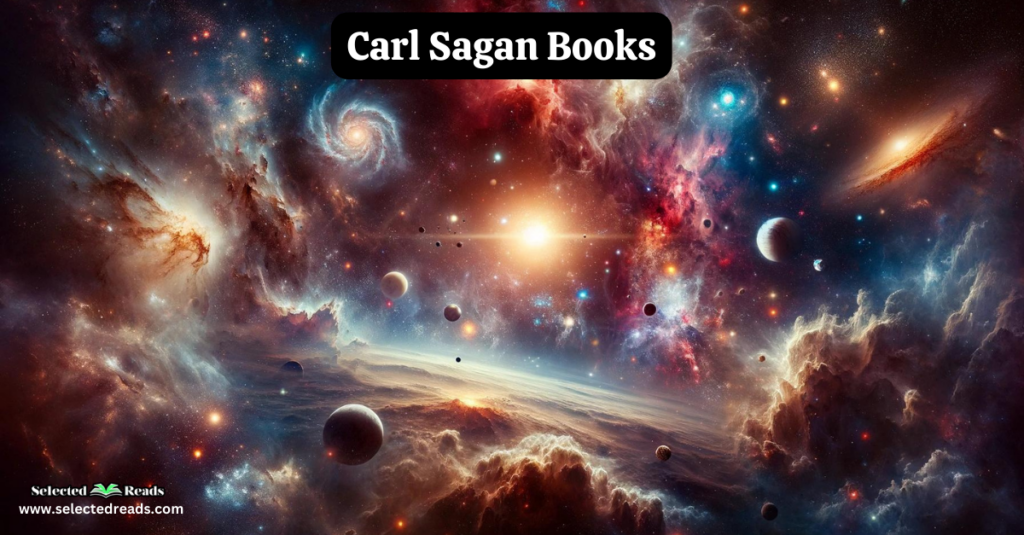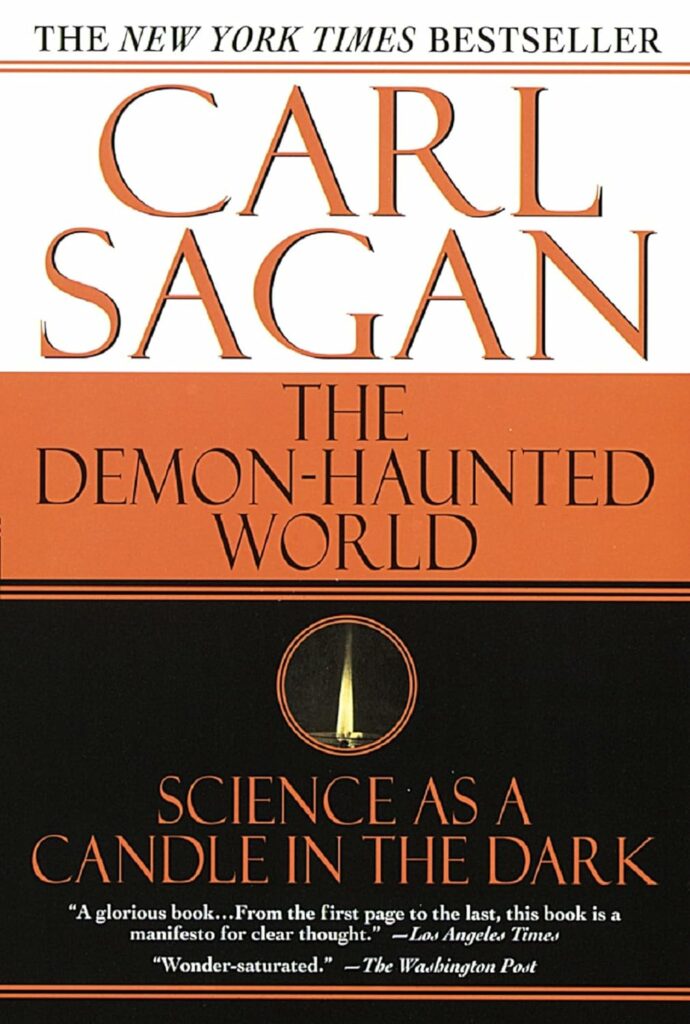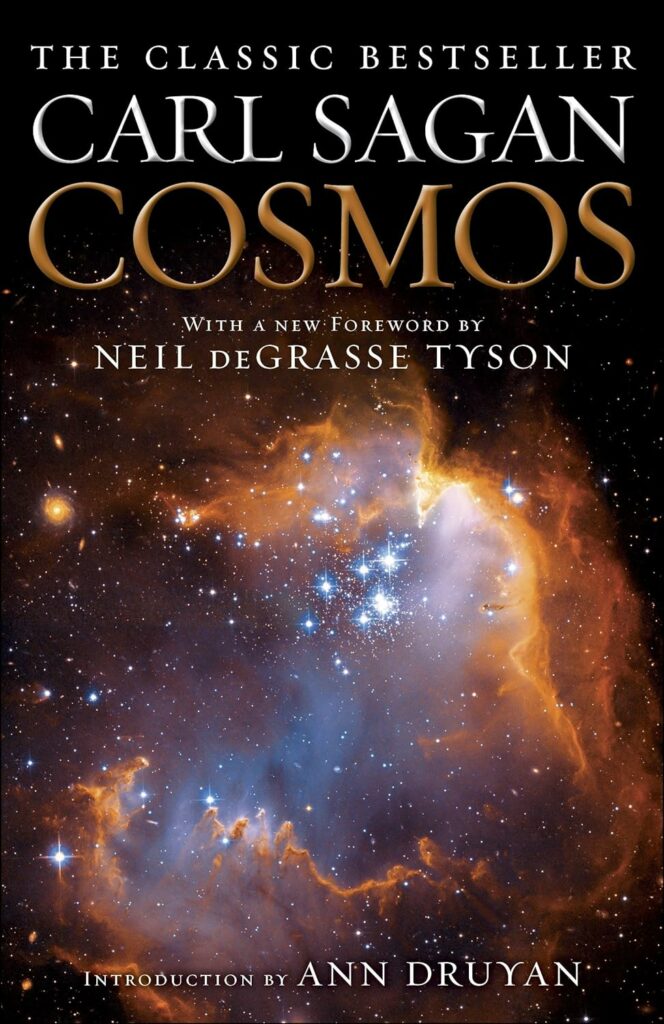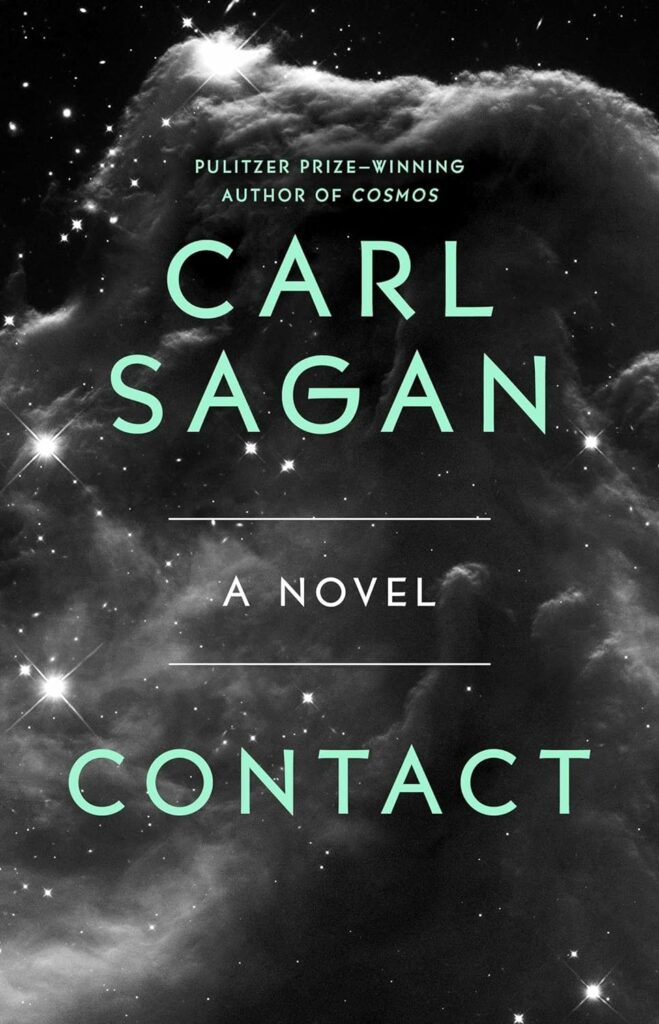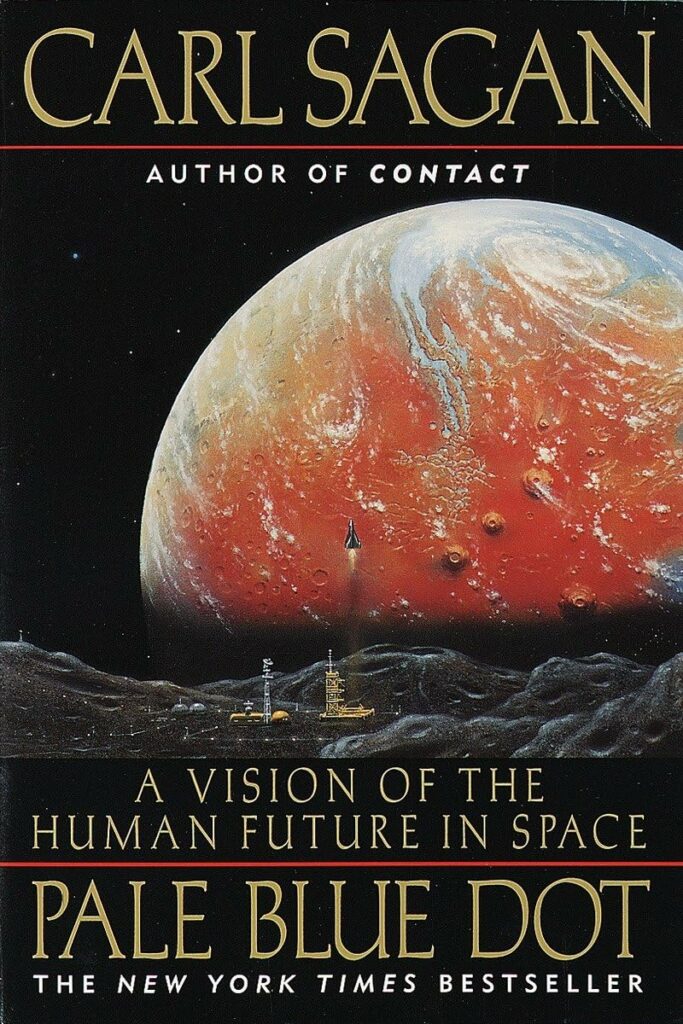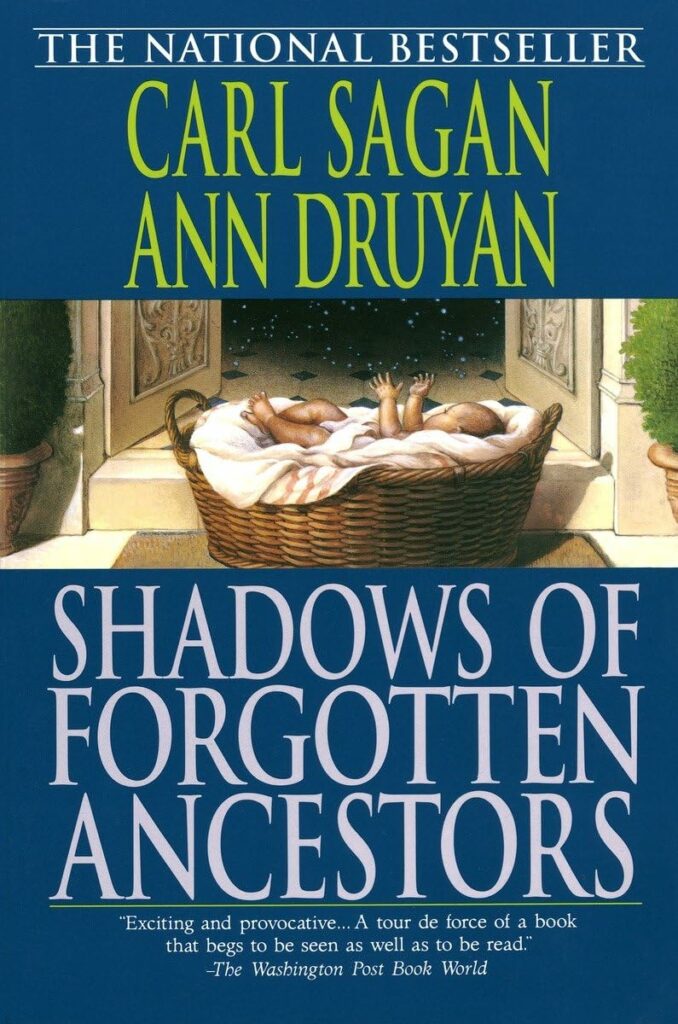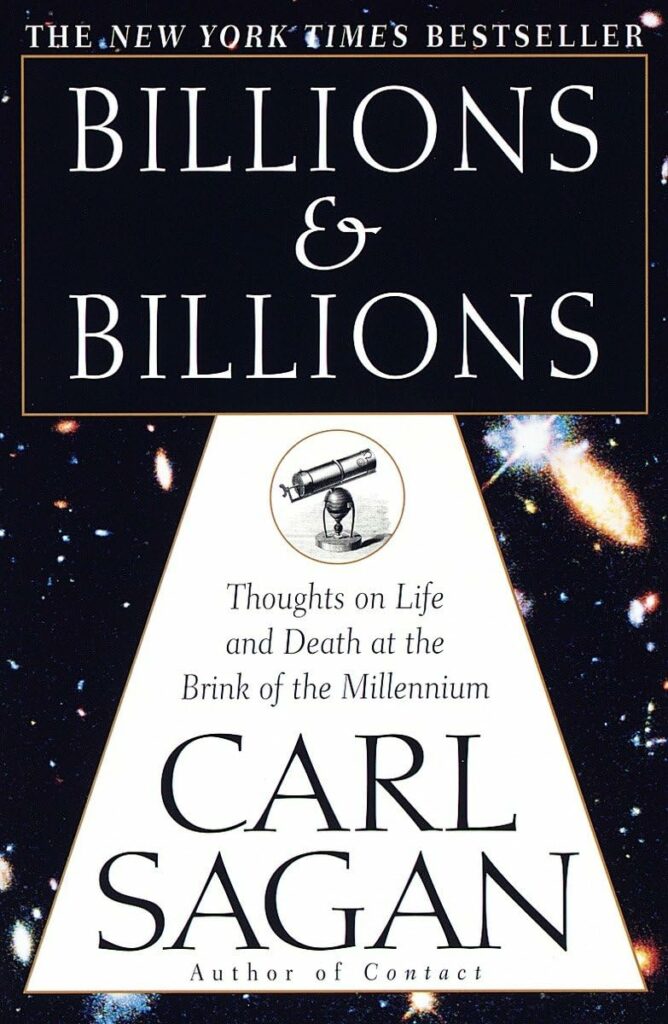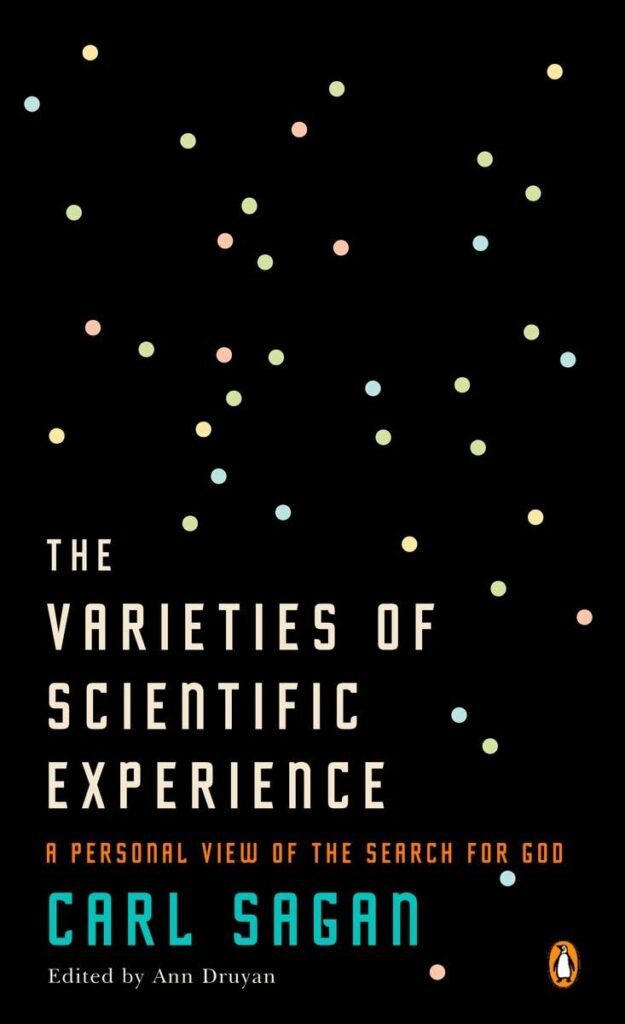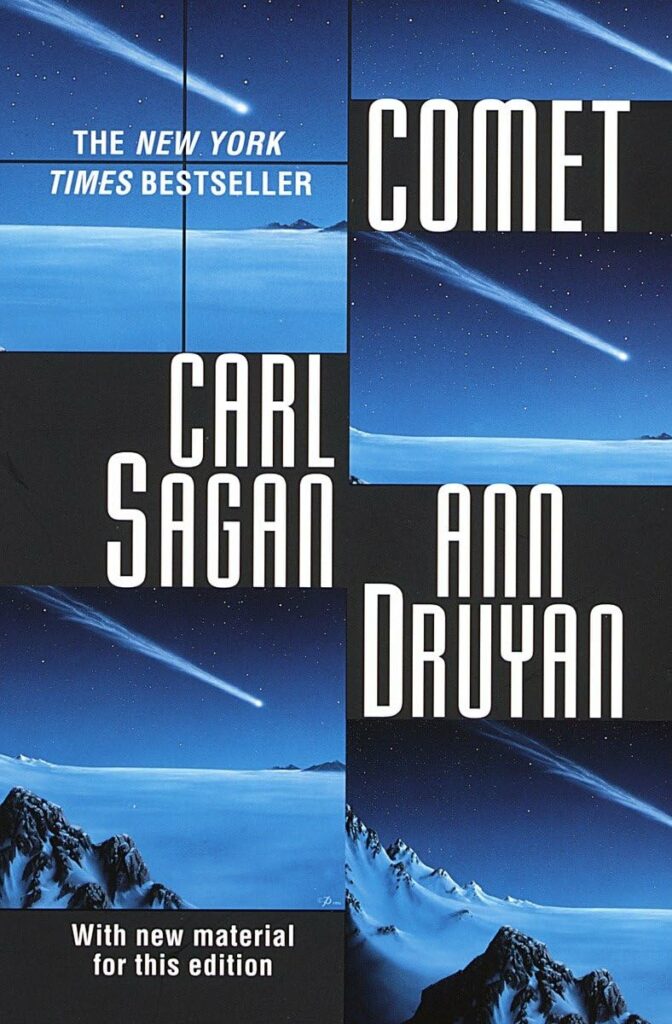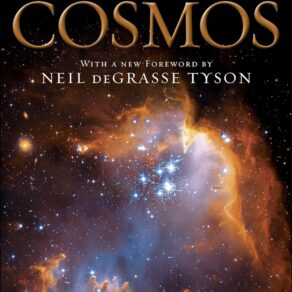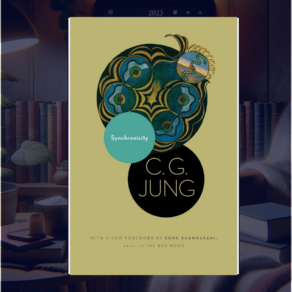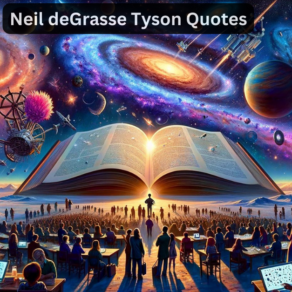When we talk about Carl Sagan, we talk about the wonders of the universe and the beautify of space. I was first introduced to Carl Sagan through his popular book Cosmos and since then I have read a number of his other works. Besides being a scientist, Carl is also a masterful storyteller and writer.
Reading his books is akin to exploring the cosmos itself—each book a galaxy, each page a star, illuminating the vastness of our knowledge and the depth of our curiosity. Sagan, an astronomer, cosmologist, and a masterful science communicator, has left an indelible mark on the way we understand the universe and our place within it.
His works transcend the boundaries of science, weaving together threads of philosophy, history, and spirituality into a tapestry that depicts the human quest for understanding. From the origins of life on Earth to the farthest reaches of the interstellar void, Sagan’s books invite readers on an adventure that spans the breadth of time and space, grounded in the pursuit of knowledge and the marvel of discovery.
Related: 25 Famous Quotes Neil Degrasse Tyson
Carl Sagan Books
Here are some of the most popular books by Carl Sagan:
1. The Demon-Haunted World: Science as a Candle in the Dark
Carl Sagan’s “The Demon-Haunted World” is a masterful plea for the symbiotic relationship between science and democracy, underscoring the importance of critical thinking and scientific literacy in countering the proliferation of pseudoscience and superstition in our society.
Sagan, with the acumen of a seasoned astronomer and the eloquence of a poet, navigates through history to debunk myths and fallacies that have long misled humanity, from witchcraft and demons to UFOs. In an age dominated by misinformation and fake news, Sagan’s work serves as a clarion call to embrace rationality and scientific inquiry—not only as a method for uncovering truths but as a foundational pillar supporting the freedoms intrinsic to a democratic society.
2. Cosmos
In “Cosmos,” Carl Sagan takes us on a breathtaking journey through the universe, offering insights into the cosmic evolution that has transformed matter into consciousness. This book, timeless in its appeal and groundbreaking in its approach, weaves together the history of scientific discovery with a poetic narrative that celebrates the wonder and awe of the cosmos.
Sagan explores the intricacies of life on Earth, the mysteries of the ancient Egyptians, the vastness of space, and the future demise of the Sun, all the while championing the human quest for knowledge. The foreword by Neil deGrasse Tyson and introduction by Ann Druyan update this classic, ensuring its relevance for a new generation of readers.
3. Contact: A Novel
“Contact” is Carl Sagan’s foray into the realm of science fiction, where his profound knowledge of astronomy and his imaginative prowess converge. The novel revolves around the discovery of a mysterious signal from space, which sets off an unprecedented quest to find its origin.
This journey, rich in both scientific intrigue and philosophical depth, challenges the boundaries of human understanding and explores the possibilities of communication with extraterrestrial intelligence. Sagan crafts a narrative that is as much about the inner space of human consciousness as it is about the outer reaches of the cosmos, asking profound questions about our place in the universe and the nature of intelligence itself.
4. Pale Blue Dot: A Vision of the Human Future in Space
“Pale Blue Dot” extends the visionary legacy of “Cosmos,” offering a glimpse into the future of humanity as we venture further into space. Carl Sagan eloquently argues that the survival of the human race may depend on our ability to explore and settle other planets.
Through a blend of scientific insight and lyrical prose, he maps out the potential paths of human space exploration, emphasizing our responsibility to safeguard and cherish the pale blue dot we call home. This work is a compelling mix of caution and hope, urging us to envision a future where humanity extends its reach to the stars, not just for the sake of exploration but for the preservation of our species.
5. The Dragons of Eden
In “The Dragons of Eden,” Sagan embarks on a fascinating exploration of the evolution of human intelligence, drawing upon a diverse array of disciplines from neuroscience to anthropology. This Pulitzer Prize-winning book delves into the development of the human brain, offering insights into the processes that have shaped our thoughts, cultures, and civilizations.
Sagan’s ability to synthesize complex scientific concepts with engaging storytelling makes this work a captivating read, inviting us to ponder the origins of our own intelligence and the evolutionary path that led us from the depths of ancient oceans to the complexities of modern existence.
6. Shadows of Forgotten Ancestors
“Shadows of Forgotten Ancestors” by Carl Sagan and Ann Druyan is a profound exploration of the human condition, tracing the origins of humanity’s distinctive traits through the lens of our evolutionary past. This work is essentially a genealogical journey that links us with the rest of the animal kingdom, revealing how deeply ingrained behaviors and societal structures have roots extending back to our earliest ancestors.
Sagan and Druyan skillfully illustrate how self-awareness, technology, social hierarchies, and even our predispositions towards violence and altruism, have evolved over millennia. It’s a narrative that not only broadens our understanding of human nature but also highlights our shared heritage with the Earth’s myriad life forms.
7. Billions & Billions: Thoughts on Life and Death at the Brink of the Millennium
In “Billions & Billions,” Carl Sagan presents a collection of essays that serve as a reflective epitaph to his life’s work, pondering over the grandeur of the cosmos and the existential queries that plague human consciousness. The book, touching on both the vastness of space and the intricacies of the human mind, addresses the origin and fate of the universe, the interplay of science and religion, and the challenges facing humanity as it stands on the cusp of a new millennium.
With a blend of personal insight and scientific foresight, Sagan explores how science can inform ethical decision-making and contribute to a deeper understanding of our place in the universe. His final work is a testament to a lifetime of unbridled curiosity and a passionate appeal for the marriage of science and wisdom in confronting the future.
8. The Varieties of Scientific Experience: A Personal View of the Search for God
This posthumously published collection of Carl Sagan’s Gifford Lectures, “The Varieties of Scientific Experience,” offers a captivating insight into Sagan’s philosophical musings on the nature of the divine within the cosmos. Edited by Ann Druyan, the book encapsulates Sagan’s unique ability to bridge the gap between science and spirituality, presenting a vision of the universe that is awe-inspiring and humbling.
Sagan discusses a broad spectrum of topics, from extraterrestrial life and the origins of the universe to the conflict between scientific inquiry and religious dogma. His approach to the sacred is grounded in a sense of wonder derived from the natural world, proposing a spirituality informed by the cosmos itself.
9. Broca’s Brain: Reflections on the Romance of Science
“Broca’s Brain” takes us on a journey through the marvels and mysteries of the scientific world, as seen through the eyes of one of its most enthusiastic navigators, Carl Sagan. Returning from the frontiers of knowledge, Sagan delves into a variety of subjects, from the future of intelligent robots and the possibility of extraterrestrial life, to the scientific wonders of the human brain itself—named after the famed 19th-century neuroanatomist Paul Broca.
Sagan’s narrative is imbued with his characteristic wit and wisdom, making complex scientific concepts both understandable and exciting. The book is a celebration of human curiosity and a testament to how science can enrich our understanding of the universe and ourselves.
10. Comet
In “Comet,” Carl Sagan and Ann Druyan embark on an interstellar journey that explores the nature, origin, and significance of comets within our solar system and beyond. Beginning with a captivating ride through space on the tail of a comet, the authors unravel the mysteries of these celestial objects, from their role in the cosmic ecosystem to their impact on the history of Earth and the evolution of life.
Sagan and Druyan blend scientific rigor with poetic narrative, illuminating the dual role of comets as harbingers of doom and symbols of creation. This work not only expands our knowledge of comets but also challenges us to consider the broader implications of our cosmic origins and the interconnectedness of the universe.
11. The Cosmic Connection: An Extraterrestrial Perspective
“The Cosmic Connection” presents Carl Sagan’s visionary perspective on the search for extraterrestrial life, offering a blend of scientific speculation and philosophical inquiry. Sagan explores the likelihood of life beyond Earth, pondering not just the existence of microbial life but the possibility of intelligent beings capable of communication.
This book is an exploration of humanity’s place in the universe, reflecting on the potential for interstellar connection and the profound implications such discoveries would have for our understanding of life, intelligence, and our identity in the cosmos. Sagan’s narrative is a call to expand our scientific horizons and a reminder of the boundless curiosity that drives us to explore the unknown.
Final thoughts
Carl Sagan’s literary legacy is a beacon of enlightenment in a world often clouded by ignorance and superstition. His books, ranging from the poetic musings on the cosmos in “Cosmos” to the explorations of human origins in “Shadows of Forgotten Ancestors,” and the contemplations on existence in “Billions & Billions,” serve as milestones in our collective journey to understand the universe and ourselves.
Sagan’s writing, characterized by its clarity, its wonder, and its unwavering commitment to science, continues to inspire new generations to look up at the stars and question the world around them. In a time when the light of science is more crucial than ever, Carl Sagan’s work remains a testament to the power of curiosity and the enduring quest for truth.



